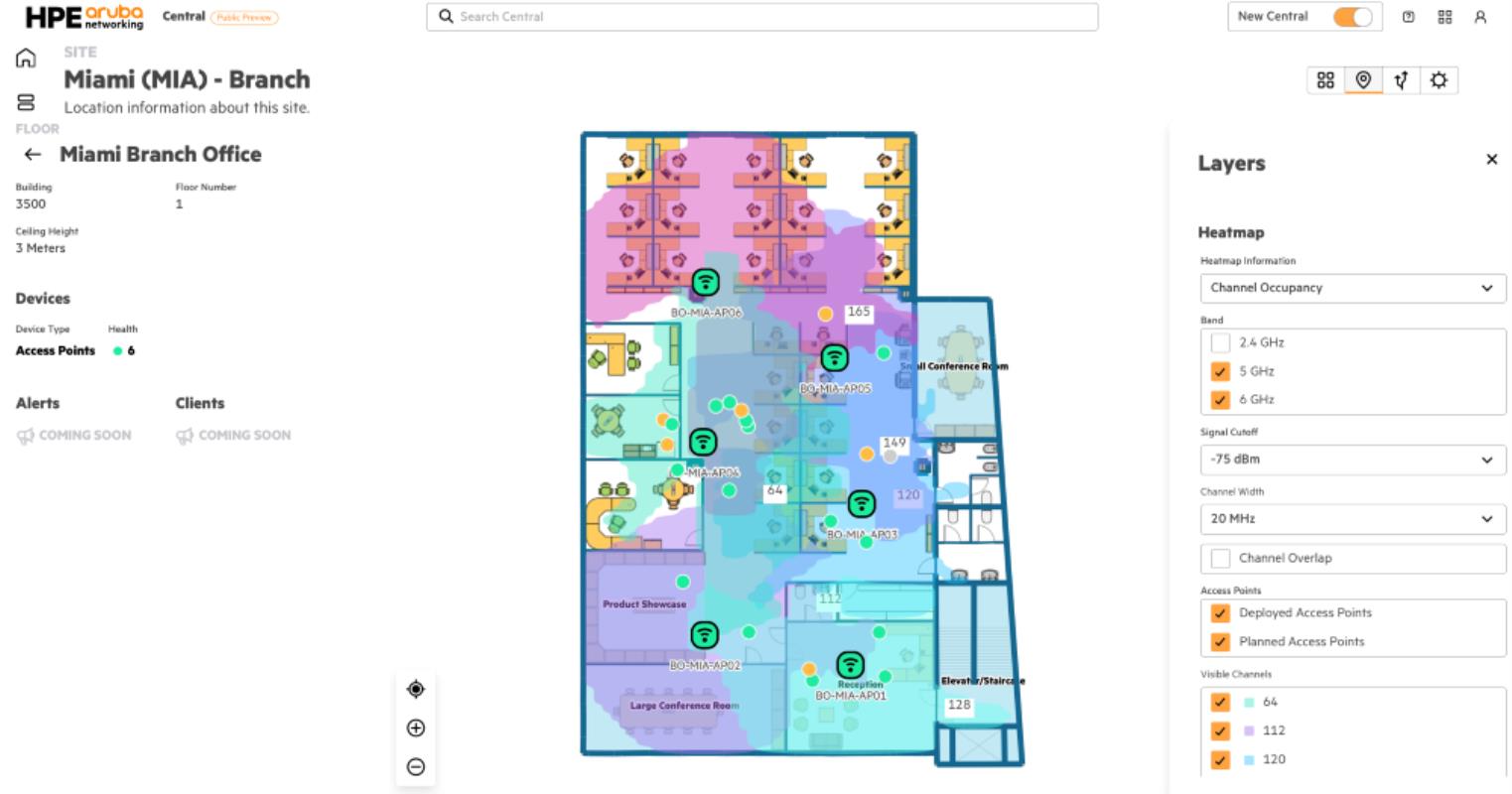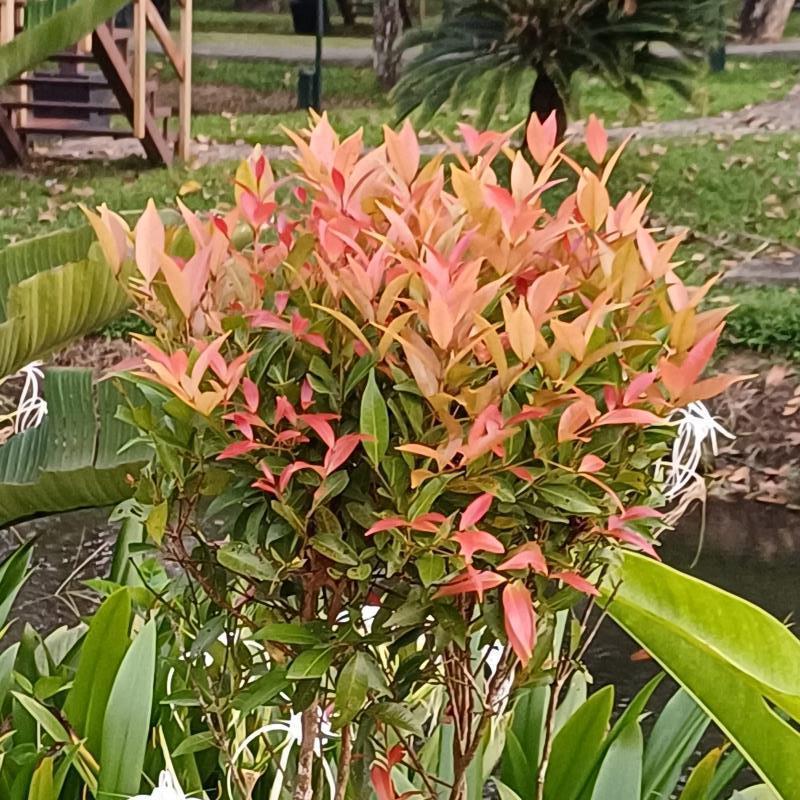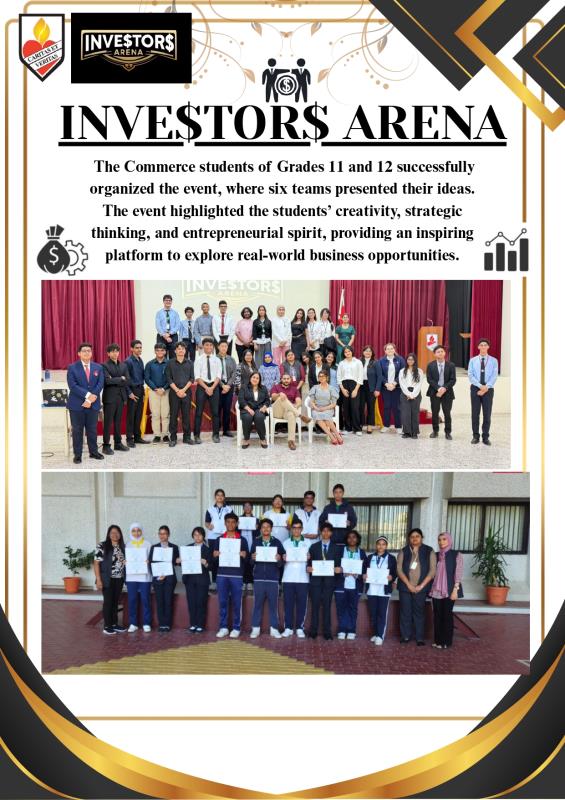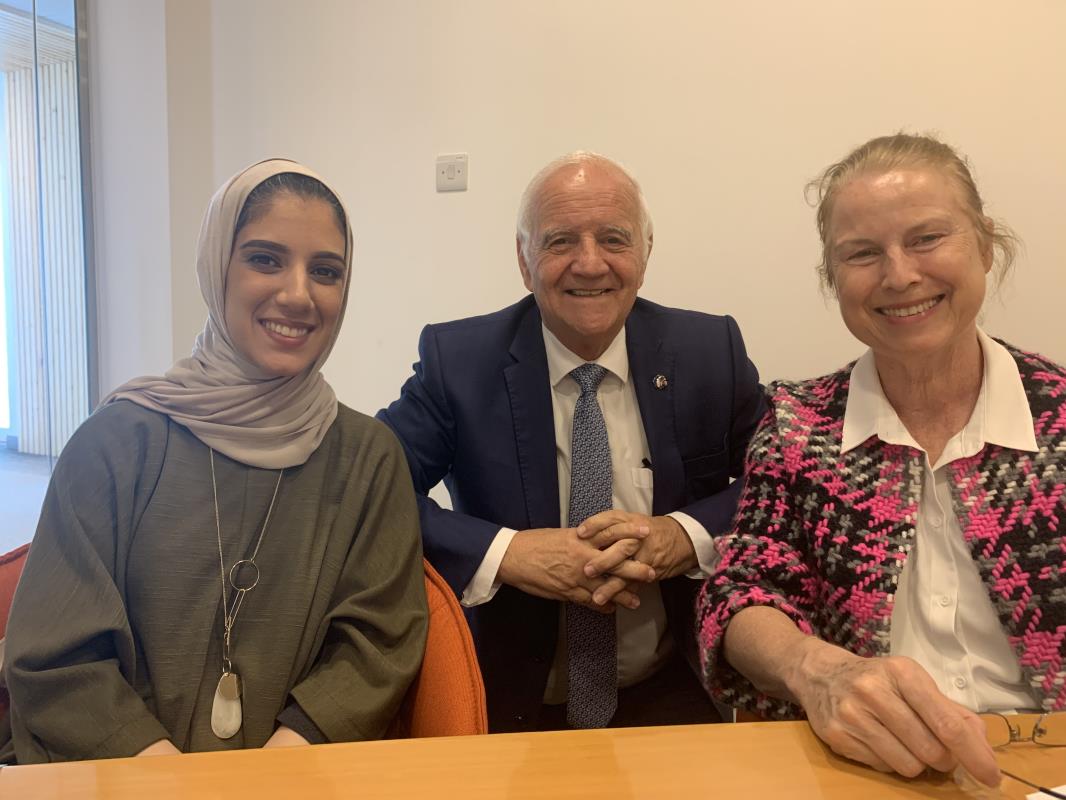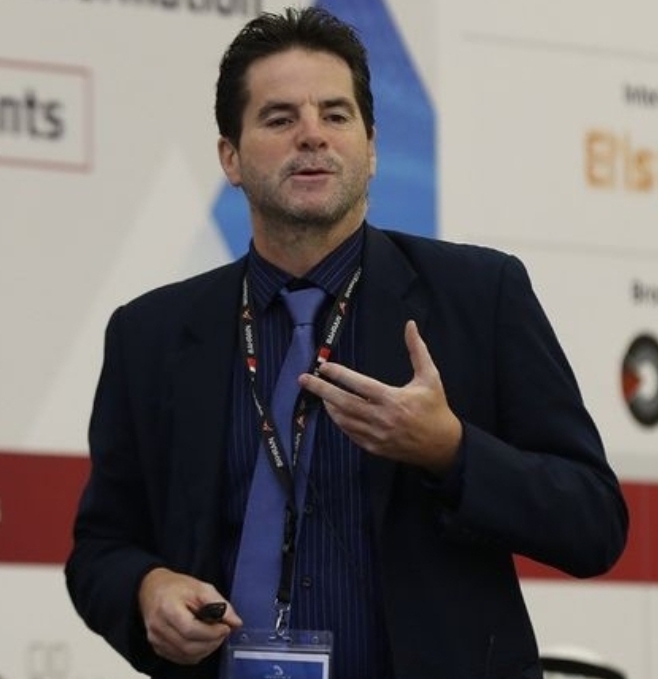A Multidisciplinary team of researchers from GE Research, the technology development arm for the General Electric Company (GE), is leading a revolutionary project that could address water scarcity in the region and around the world in a powerful new way.
The team is calling the project AIR2WATER or “Additively Manufactured, Integrated Reservoir To Extract Water using Adsorbents and Thermally-Enhanced Recovery.” The technology could be a gamechanger in addressing the water scarcity challenge globally, and in particular for the Middle East and North Africa (MENA) region, where nearly 60 percent of the population live in areas of severe water stress.
According to the World Wildlife Fund, more than 1.1 billion people around the world do not have access to water and approximately 2.7 billion experience instances of water scarcity. According to reports, average water availability per person in the MENA region is just 1,200 cubic meters per year compared to 7,000 cubic meters per year in other regions.
GE researchers, together with top scientists and engineers from the University of California at Berkeley, University of Chicago, and University of South Alabama, will develop and design a highly compact, portable device that can literally produce clean, safe water out of thin air. This innovative device, light enough to be lifted by just four people, will utilize transformational new material innovations, thermal processes, and additive manufacturing (3D printed designs) to produce enough daily water for about 150 people.
David Moore, the Principal Investigator and Technology Manager for Material Physics and Chemistry at GE Research, said: “Today, the logistics and costs involved with transporting water are staggering. By creating a highly portable, compact device that efficiently extracts water from the atmosphere, we can save lives and ease the logistical and financial burden of water transportation. It will be designed to extract water even from arid, desert-like conditions, such as in the MENA region, where humidity levels can be extremely low. Unlike a standard dehumidifier, which will stop pulling water when humidity levels dip, this device will be able to produce water at much lower levels.”
The key technologies being used to produce potable water are sorbent materials to absorb the air and a unique 3D-enabled design of an additively-manufactured heat exchanger that effectively draws in heat over the sorbent materials to release the water.
GE researchers will support material, modeling and AI developments and lead the overall system integration, including the 3D design of and sorbent integration into the additively-manufactured heat exchanger. GE engineers will draw from decades of experience with the development and design of heat exchangers for aerospace applications and power generation turbines.


















































